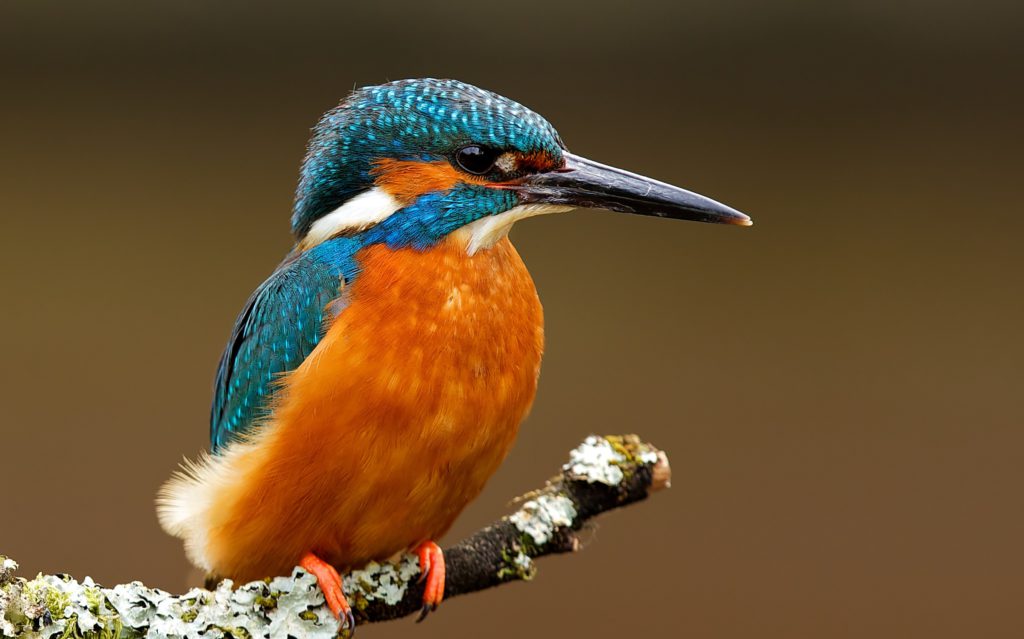Reuters | November 1, 2023 \

Hotspots for mercury contamination included Madre de Dios, Peru, and Ayapel, Colombia – centers of artisanal gold mining. (Stock Image)
Tropical birds, from kingfishers to wrens to warblers, are showing signs of mercury contamination as artisanal and small-scale gold mining operations reach deeper into jungles, new research finds.

Birds living within 7 km (4 miles) of such gold mining activity were found to have mercury concentrations over four times higher than those living at other sites across the tropics of Central and South America, according to the study published Tuesday in the journal Ecotoxicology.

“It’s a wake-up call for bird conservation internationally across the tropics,” said lead author Chris Sayers, a conservation biologist at the University of California Los Angeles.
Tropical bird biodiversity has been decliningin recent decades, but scientists are not fully sure why. “Based on the levels here, it’s reasonable to suggest that mercury may be playing a role,” Sayers said.
Over a 17-year period ending in 2023, dozens of scientists collected thousands of feather, blood and tissue samples from 322 bird species across nine countries in Central and South America and the West Indies, creating the world’s largest database to date on mercury concentrations in birds.
The research adds to a growing understanding of how mercury, which is used by gold miners to separate the precious metal from sediment, is impacting wildlife in the tropics.
Artisanal gold mining is often either carried out illegally in protected areas, or done informally outside reserves but without explicit government permission.
Earlier this year, Reuters reported for the first time that scientists were finding mammals, from titi monkeys to ocelots, showing signs of mercury contamination near a Peruvian gold mining hotspot.
Absorbing or ingesting mercury-contaminated water or food has been found to cause neurological illness, immune diseases and reproductive failure in humans and some birds.
Birds are the “canary in the gold mine,” Sayers said, as they are sensitive to mercury pollution and easily accessible, allowing scientists to take the temperature of overall ecosystem health.
The collected samples revealed some of the highest-ever recorded mercury concentrations in songbirds. Birds that ate meat or lived in aquatic habitats were also found to have the highest overall mercury levels.
Hotspots for mercury contamination included Madre de Dios, Peru, and Ayapel, Colombia – centres of artisanal gold mining.
Birds in central Belize also had high mercury concentrations, with scientists speculating it could be due to gaseous mercury emissions from local landfill incineration, or coal combustion in the surrounding region.
(By Gloria Dickie; Editing by Tomasz Janowski)
No comments:
Post a Comment